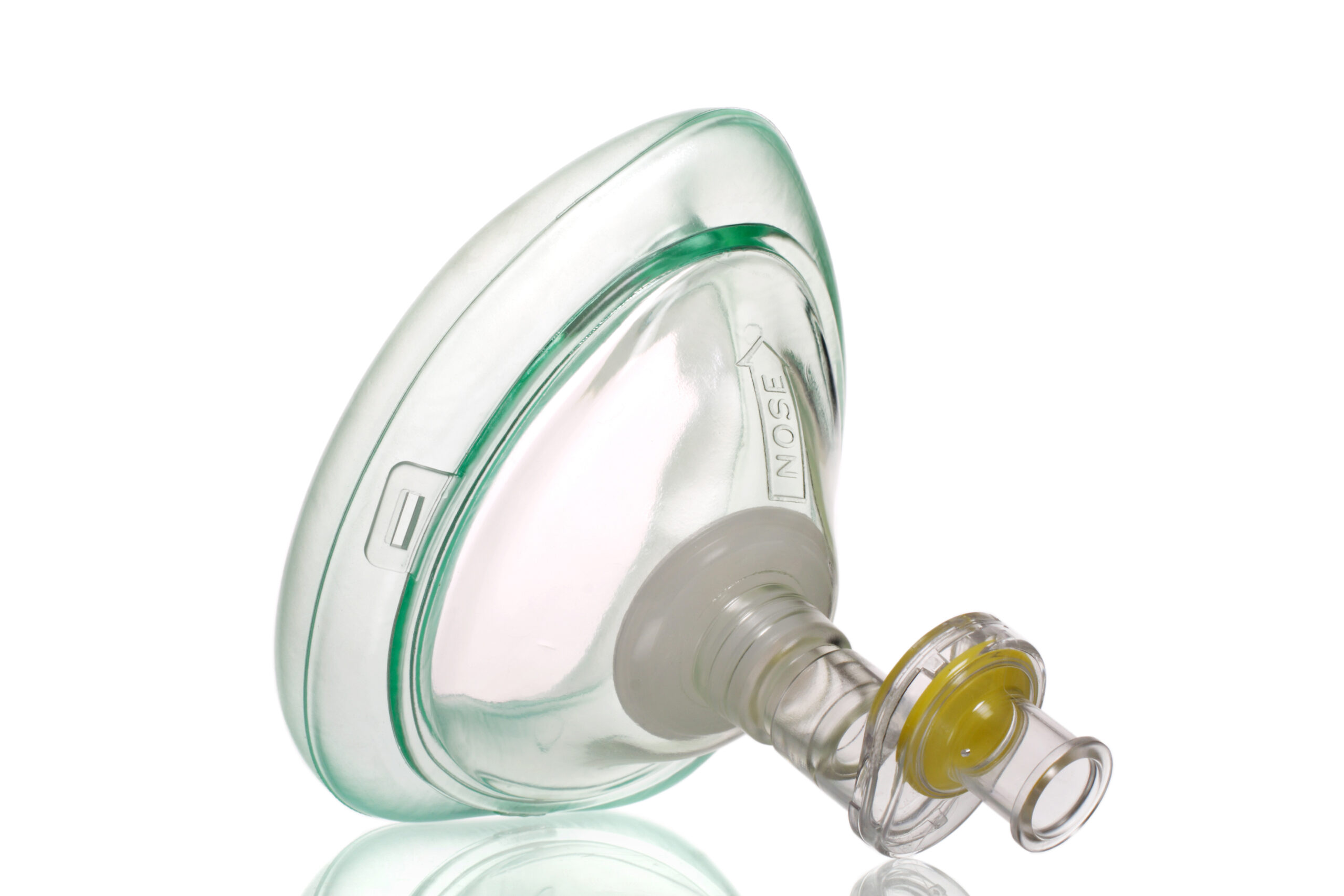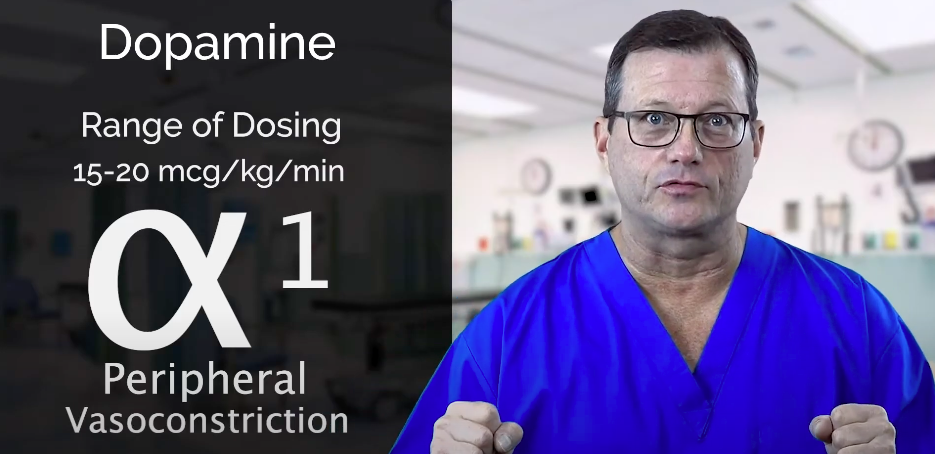Criteria for a Third-Degree Complete Heart Block
ACLS Certification Association videos have been peer-reviewed for medical accuracy by the ACA medical review board.
Article at a Glance
- Third-degree heart block is characterized by:
- Regularity: Regular
- Rate: Atrial rate 60–100 bpm; Ventricular rate depends on focus but usually 40–60 bpm
- P Wave: Uniform with more than one P wave for each QRS with no relationship
- PR Interval: No relationship to QRS so not measurable
- QRS Complex: If junctional focus, < 0.12 second; if ventricular focus, > 0.12 second
Physicians interpret an ECG tracing to discern potential third-degree or complete heart blocks. You’ll first notice there is no correlation between the P waves and the QRS complex. The PR interval will either be missing or inconsistent. In a third-degree heart block, there is no correlation between the P waves and the QRS complexes. The P waves march on their own, with an intrinsic firing rate between 60 and 100 bpm. Similarly, the ventricular complexes and the QRS march out by themselves, typically within their own intrinsic firing rate between 20 and 40 bpm. Read: Criteria for a SVT (supraventricular tachycardia) The P waves and QRS typically occur at their respective intrinsic firing rates. Remember, we aren’t trying to match the P waves with the QRS or the atrial and ventricular contractions. If the ECG only displays the QRS as appearing 20–40 times, it’s a complete heart block. You must treat the underlying bradycardia. The treatment goal is to treat the associated bradycardia.Third-degree Heart Block Criteria
Related Video – What are Atrioventricular Blocks?
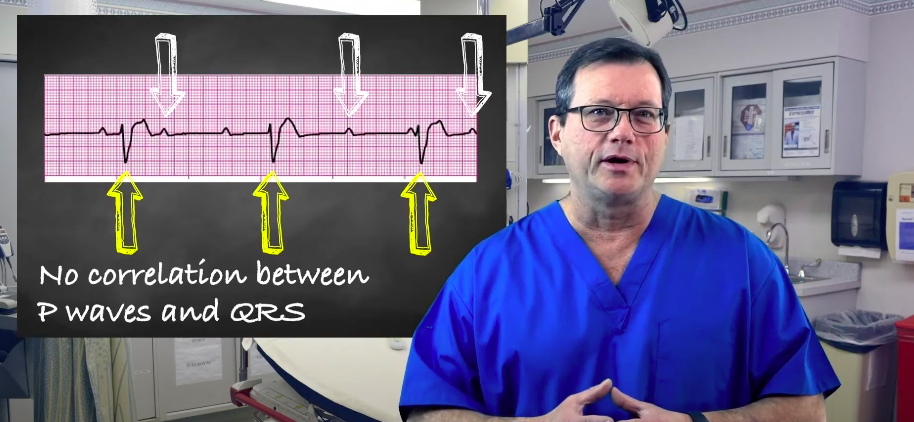
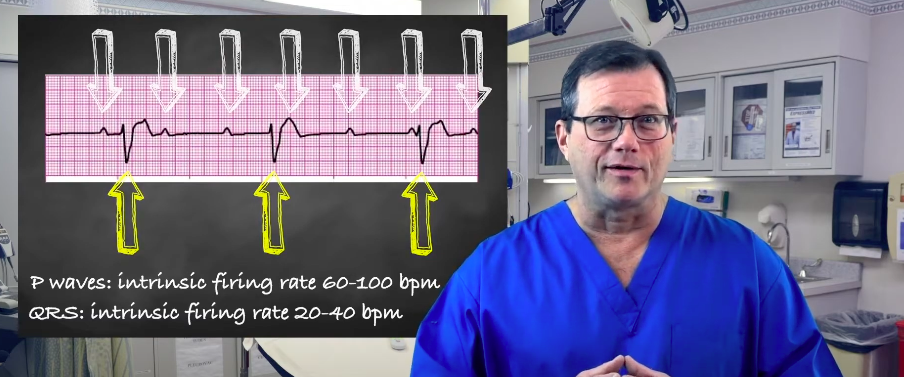
Related Video – ECG Rhythm Review – Third-Degree Heart Block?
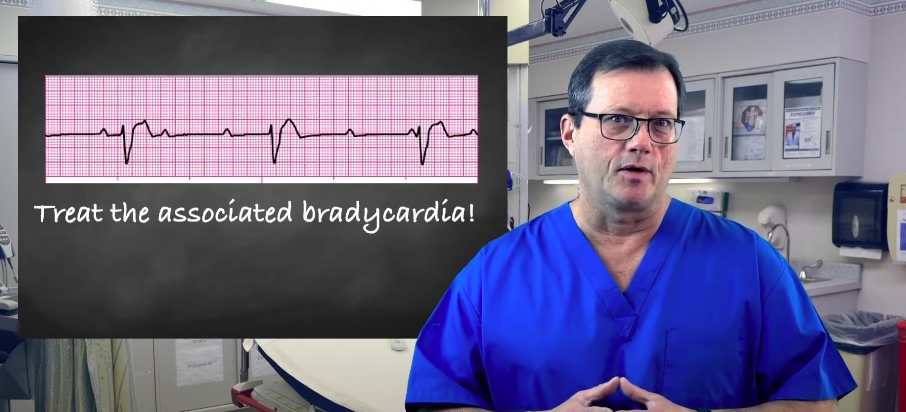
Summary
During a third-degree heart block, there’s no correlation between the P waves and QRS complexes. They both pulse at their own intrinsic rates. To treat the blockage, physicians must treat the underlying bradycardia.
More Free Resources to Keep You at Your Best
Editorial Note
ACLS Certification Association (ACA) uses only high-quality medical resources and peer-reviewed studies to support the facts within our articles. Explore our editorial process to learn how our content reflects clinical accuracy and the latest best practices in medicine. As an ACA Authorized Training Center, all content is reviewed for medical accuracy by the ACA Medical Review Board.
